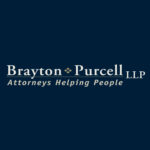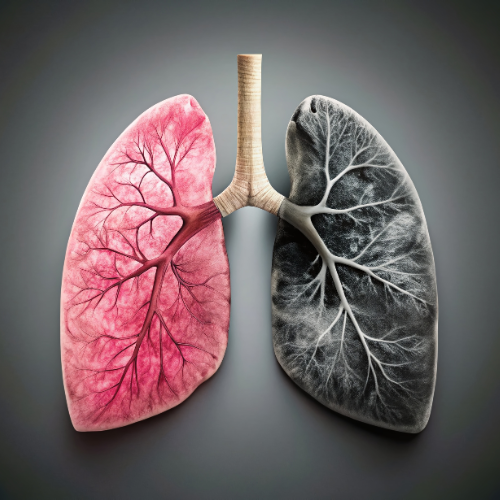
LAPITEC S.P.A. Produces Dangerous Artificial Stone Products Under the Guise of Environmental Friendliness
March 14, 2024
LX HAUSYS AMERICA, INC. Misled Stone Workers
March 22, 2024Blog

LOTTE CHEMICAL CALIFORNIA, INC. Left Workers Unprotected and Uninformed About the Dangers of Producing Artificial Stone
LOTTE Chemical California, Inc., formerly known as Samsung Chemical (USA), Inc., has evolved significantly since its incorporation in California in 2001. Over the years, the company underwent several transformations, including name changes in 2016 to Lotte Advanced Materials USA, Inc., and again in 2020 to its current designation. These changes reflect the company's efforts to align more closely with its parent group and broader corporate restructuring.
The company's history is marked by substantial achievements and expansions, including the establishment of various compounding plants across the globe and the launch of innovative products in the engineered stone and materials sector. Notably, LOTTE has been recognized for its innovation, including being selected as one of the 100 most innovative companies by Thomson Reuters in 2011. Their product lineup, such as the Radianz Quartz Noble collection and the Supreme range of amorphous-patterned surfaces, showcases their commitment to providing high-quality and aesthetically pleasing materials to the market.
However, beneath the surface of these achievements lies a concerning aspect of LOTTE Chemical California's operations, particularly regarding worker safety and health in relation to their products. The company's Material Safety Data Sheet (MSDS) for its product "Radianz" raises significant red flags. Despite the product containing a high concentration of silica, known for its potential to cause silicosis and other respiratory diseases when inhaled as dust, the MSDS shockingly classifies the product as "Not Classified" for hazards. This classification is troubling, given the well-documented risks associated with quartz dust.
The MSDS's hazard identification section and the lack of a clear hazard statement are particularly alarming. The document suggests that the primary hazards associated with Radianz are related to its fabrication, such as dust generation during cutting or sanding. While it acknowledges that exposure to high concentrations of dust may cause respiratory irritation, the MSDS falls short of adequately highlighting the severe long-term health risks posed by silica dust inhalation, including silicosis and lung cancer.
Moreover, the MSDS's sections on exposure controls and personal protection are woefully inadequate. The listed occupational exposure limits, engineering controls, and personal protective equipment recommendations are either not available or insufficiently detailed. This lack of information is a grave oversight, as it fails to provide workers and employers with the necessary guidance to ensure safe handling and fabrication of the product.
Even more concerning is the toxicological information section, which minimally addresses the potential respiratory effects of high dust concentration without delving into the chronic health risks associated with prolonged exposure to crystalline silica. The regulatory information section's assertion that U.S. regulations, including OSHA's Hazard Communication Standard, are not applicable, further compounds these inadequacies, leaving workers unprotected and uninformed about the dangers they face.
The deficiencies in LOTTE Chemical California's MSDS not only undermine worker safety but also reflect a broader issue of transparency and responsibility in the materials manufacturing industry. Companies like LOTTE have a moral and legal obligation to ensure their products are accompanied by accurate, comprehensive safety data sheets that clearly communicate potential hazards and protective measures. Failing to do so not only jeopardizes worker health but also undermines public trust in their commitment to safety and ethical business practices.
As LOTTE Chemical California continues to innovate and expand its product offerings, it must prioritize the health and safety of those who manufacture, fabricate, and work with their products. Ensuring comprehensive and transparent safety documentation is not just a regulatory requirement; it is a fundamental aspect of corporate responsibility and respect for human life.


